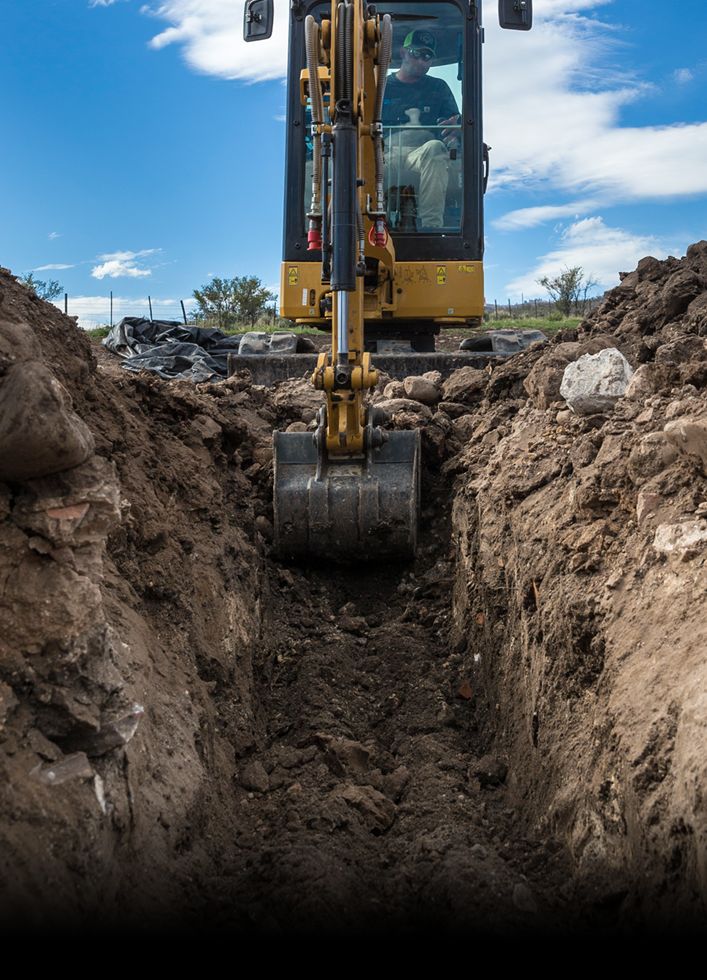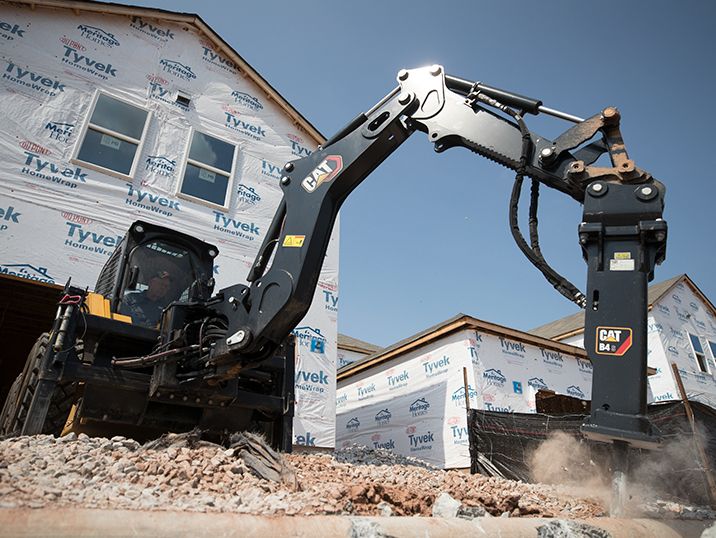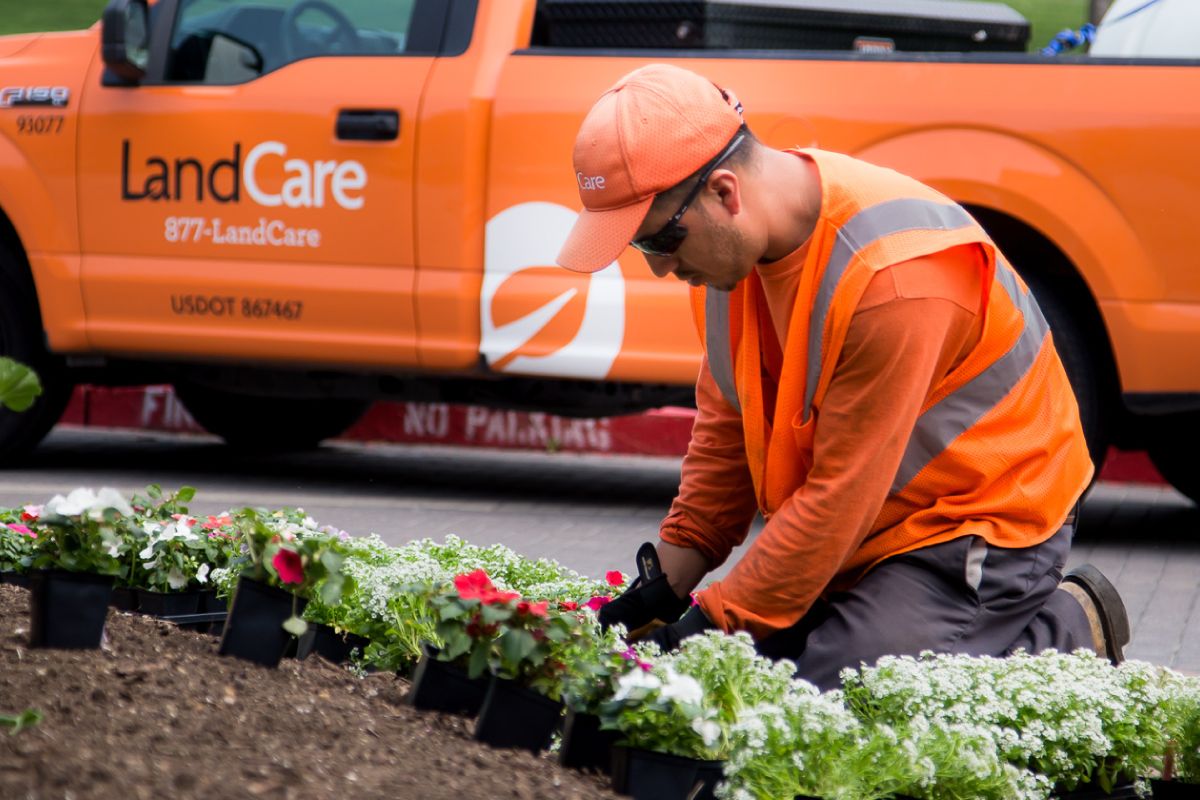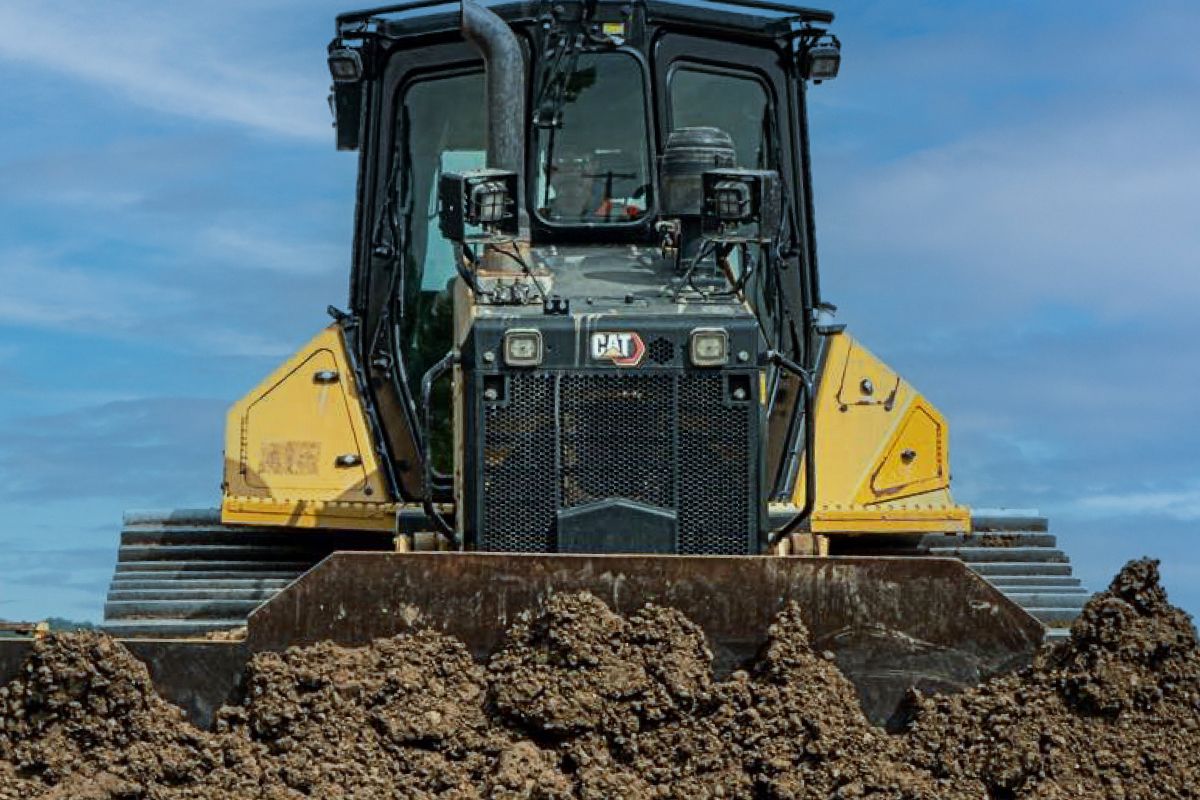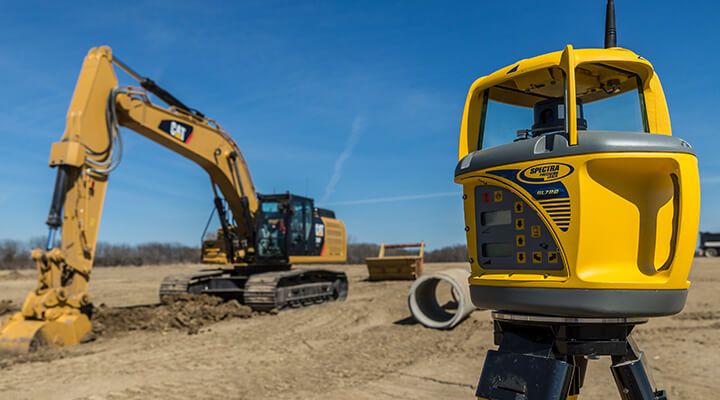

Sign In
Welcome! Sign In to personalize your Cat.com experience
If you already have an existing account with another Cat App, you can use the same account to sign in here
Register Now
One Account. All of Cat.
Your Caterpillar account is the single account you use to log in to select services and applications we offer. Shop for parts and machines online, manage your fleet, go mobile, and more.
Account Information
Site Settings
Security
Landscaping Stormwater Management
Stormwater management is a practice that is beneficial to landscapers, their customers and the environment. We sat down with Charles Glossop, CEO of Hantho Outdoor Services, to get his advice on how to do it properly.
John Janes | Landscaping Marketing Manager
Stormwater management – it’s something people may not think about until they’ve got a big problem on their hands, but for landscapers, it is becoming an increasingly important part of their approach to job sites. Poor stormwater management can lead to job site erosion and more chemical and debris run-off in water, which can cause liability issues with local regulations and eventually end up in rivers, streams and lakes. For more information on the work behind stormwater management and best practices to follow, we talked to Charles Glossop, who has been part of the industry since the 1970s and is currently the CEO of Hantho Outdoor Services.
Start Stormwater Management with SWPPP
Stormwater management starts with a Stormwater Pollution Prevention Plan (SWPPP), which is federally mandated. It includes a plan for overall management of water on a job site, including managing and maintaining surface water, managing pondings and piping and prevention of erosion. SWPPP requirements can also vary from state-to-state. For Charles and his team that operate out of Minneapolis, for example, they have to make sure things like salt piles are covered and maintained properly for their winter snow removal services.
With your SWPPP, Charles recommends having a game plan for your worst-case scenarios on the job.
“In today’s weather patterns, we’re seeing more of these 2-3- and 3-4-inch downpours and we need to have a best management practice to handle that,” he says. “On new projects, that means putting dandy bags in catch basins to prevent debris from entering and having bio rolls on-hand to stop water from going down slopes.”
On existing sites, he believes walking the property is key – you can make sure there are no leaves or debris in catch basins and that your drainage system is open. It also means being aware of any spots where water has been an issue in the past that could lead to erosion and using things like hydromulch and erosion blankets to stop it from worsening.
“A lot of clients don’t understand what SWPPP is and what best management practices are,” Charles notes. “They wait until they have a big problem to address it, which often means there’s a tight timeline to get it resolved. There are a number of states where you can get certified in SWPPP and easily add that as a service for your clients.”
Stormwater Management on the Job Site
Once on the job site, there are many stormwater management practices to consider to make sure your projects are done right.
- When seeding, you need good soil that isn’t rock or sand. Charles and his team use grading equipment to prep the site and then drill the seed in.
- If working on a slope, put down an erosion blanket and hydromulch over the top of it to seal. If the slope is very steep, adding biodegradable straw rolls and anchoring them with wooden stakes can help stop additional erosion.
- Understand where the water is coming from onto your site. For example, if water is coming from a parking lot onto a sloped site, Charles’ team will use a blanket and riprap to germinate the seed before a heavy rain.
- Charles’ team also puts riprap laid on fabric around any drain tile. If you have a drainage system coming off something like a parking lot through a pipe, you need to calculate the volume of water that will be passing through in order to use the right amount of riprap so it that won’t get washed out.
- Have knowledge of grading and degrees on your job site – this will also impact where the water is flowing and the installation of an effective drainage system.
Using Stormwater Management Best Practices in Your Business
If you’re new to the world of stormwater management, Charles recommends a couple different things to get you started.
“Start learning more about SWPPP,” he says. “You can also go and talk to some of the suppliers for things like seed and other materials since they’ll often get phone calls from clients looking for a contractor to recommend.”
He also advises seeing what’s happening in the area you do business as far as stormwater management and looking into your state-level certification process.
When you’re in the budgeting phase for your projects, make sure you plan for contingencies and communicate to the customer that additional budget may be needed since stormwater management jobs often involve many unknowns.
For both those new to the stormwater management space and those who already offer it as a service, his biggest piece of advice is the same.
“Don’t cut corners! If it’s not done right the first time, it will likely need to be redone down the road.”



John Janes
Landscaping Marketing Manager
John Janes has been bringing his diversified expertise to sales and marketing initiatives at Caterpillar for more than a decade. Not only does he hold an LIC certification from the National Association of Landscape Professionals (NALP), CSP and ASM certifications from the Snow & Ice Management Association (SIMA), but Janes also serves as an American Concrete Institute (ACI)-certified concrete flatwork technician.

RELATED ARTICLES
You’re here to get ideas to grow your business. Read on for machine insights and expert tips and tricks to get more out of every job.
-
Rebuilding for Resilience
With the increasing occurrence of natural disasters around the world, rebuilding for resilience is an essential conversation within the construction community. It's time to reform our disaster response plans, and it begins with how we approach construction at its core.
Learn More -
Your Guide to Landscape Construction
Find out more about landscape construction and how you can add it to your business offerings.
Learn More -
Your Guide To Slot Dozing Like A Pro
Want to increase dozing efficiency? Learn more about slot dozing and how it can benefit your dozing endeavors.
Learn More -
Five Reasons To Put Technology On Your To-Do List
Technology has made our lives easier, it can bring new levels of efficiency to our work.
Learn More

